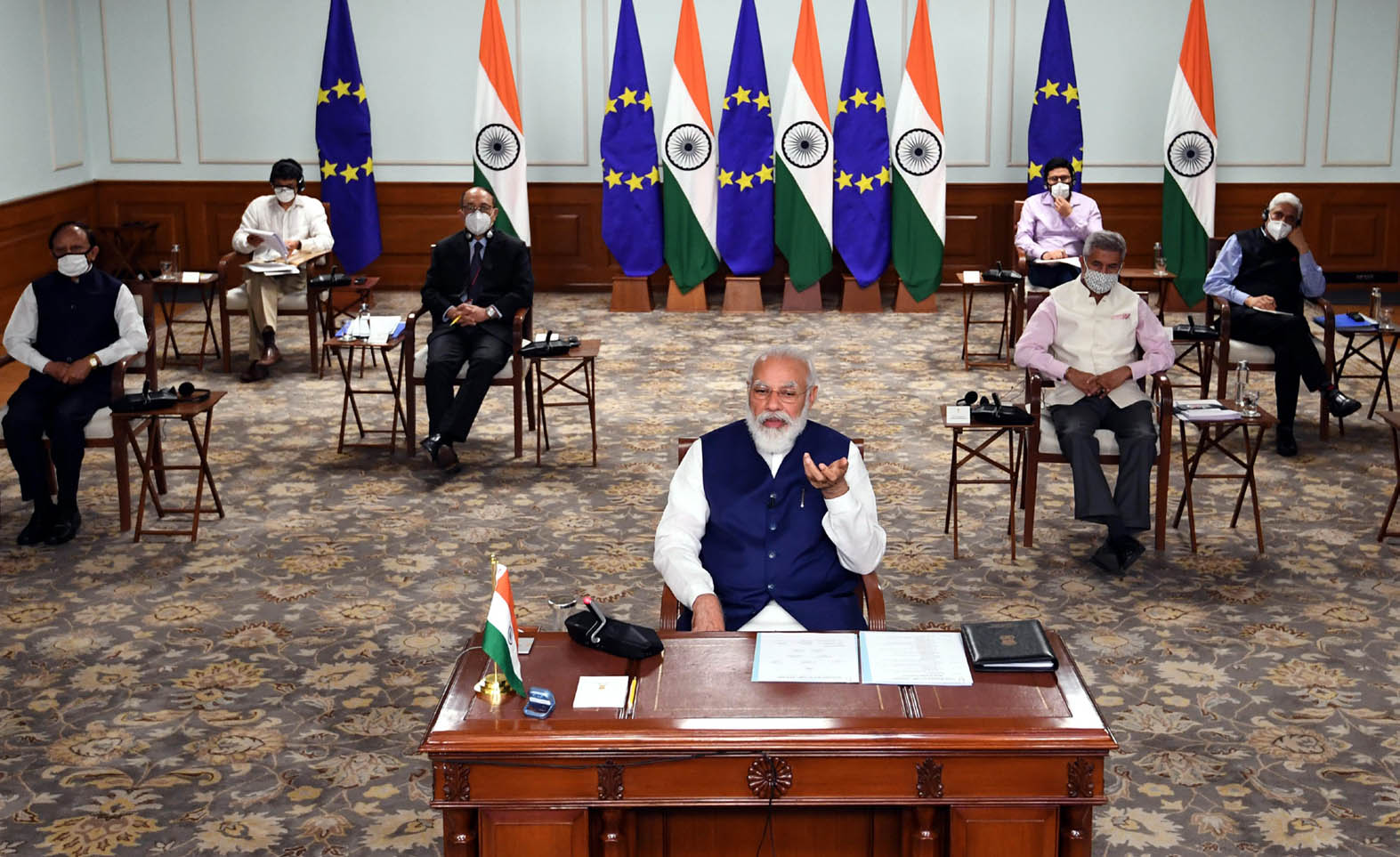
August 11, 2022
Both sides resumed the negotiations in June for a Free Trade Agreement (FTA) after a gap of nine years
The talks are expected to cover a number of areas, that are beyond just goods, services and investments
India and the EU have set a timeline for concluding the negotiations by 2023
In FY22, the EU, even after the Brexit, continued to be India’s largest export destination (as a bloc)

India is expected to hold the next round of FTA negotiations with the European Union in early October in Brussels, according to media reports. India also is expected to submit its master negotiating text to the EU in October for further discussion.
Both sides resumed the negotiations in June for a “new age” FTA after a gap of nine years. The talks are expected to cover a number of areas, that are beyond goods, services and investments. Discussions are likely to take place in as many as 18 policy areas.
The EU is learnt to have submitted its own negotiating text to India in June.
India and the EU have set a timeline for concluding the negotiations by 2023. At the talks held in New Delhi from June 27-July 1 this year, the focus was primarily on finding convergence and a better understanding of each other’s sensitivities to liberalise 94% of trade in goods.
Within the EU, India had recently engaged in trade talks with UK, and the proposed trade deal between the countries would be concluded by August 31st, 2022. Experts say that India’s experience in negotiating a modern FTA with an advanced economy like the UK will turn out to be helpful in its talks with the EU.
Despite firm commitments from both sides, a deal with the EU will take longer due to market access issues. In the meantime, India and the UK have set the Diwali (October 24) deadline to hold an FTA.
In the previous FTA round, seven sessions on investment protection as well as geographical indications, and 52 technical sessions covering various areas of negotiations were held.
While India’s demand included greater access to the EU market for its skilled professionals, among others, The EU made demands for India to reduce import taxes on sensitive products such as automobiles, alcoholic beverages and dairy products, and open up legal services.
In FY22, the EU, even after the Brexit, continued to be India’s largest export destination (as a bloc). The country’s exports to the EU increased by 57% YoY last fiscal to US$ 65 billion. India’s imports from the EU, on the other hand, rose by 29.4% in FY22 to $51.4 billion.